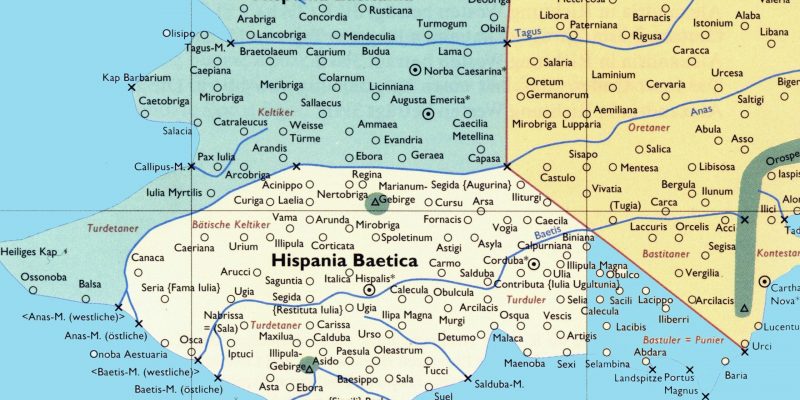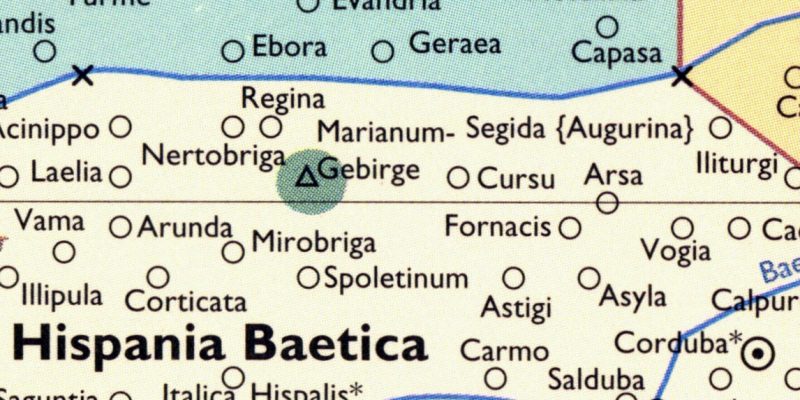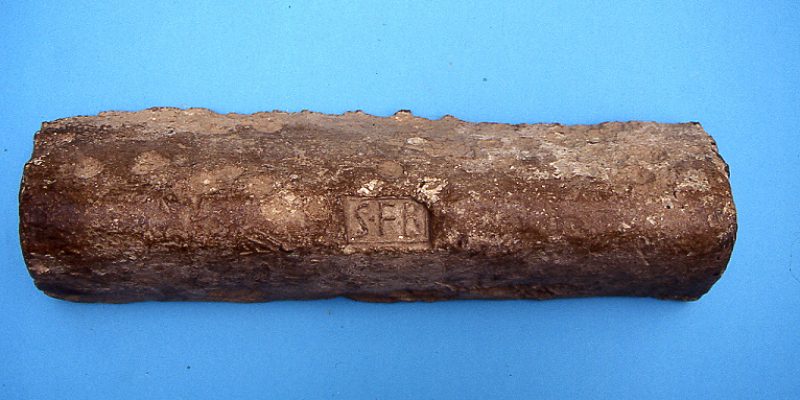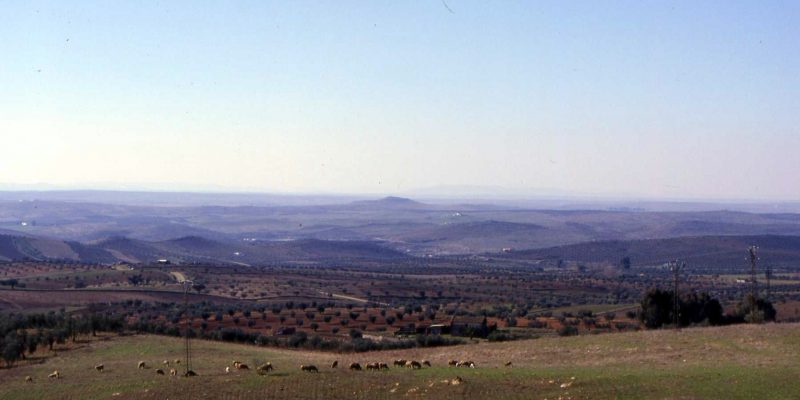FORNACIS, in a scientific meeting on protohistoric urban landscapes
The FORNACIS project will be present at the Scientific Meeting Urban Landscapes of Peninsular Protohistory: New Perspectives for a Comparative
Home » Project Period




The FORNACIS project is to be executed over a period of four years, from 1 June 2020 to 31 May 2024. During this period, the activities and tasks included in the scientific and technical report and in the project work plan will be carried out. However, due to delays in final approval of the project (September 2020), the initial work plan has been adjusted.
The activities scheduled in relation to the general research objectives are summarised below. These activities will supplement the studies conducted back in the eighties and nineties of the past century. Each year, summaries and photo albums will be added, showing the main interventions, progress and contributions made. This approach aims to engage both the scientific community and society in general as participants in the development and evolution of the project.
The tasks scheduled for this annual period (shown with an asterisk and in italics) are as follows:
LINE A. Furthering knowledge about the oppidum at Hornachuelos-Fornacis within the historical context of Beturia and southwestern Hispania
LINE B. Developing the scientific and heritage-related dimension of the oppidum at Hornachuelos-Fornacis within the framework created by the Alba Plata Project
The tasks scheduled for this annual period (shown with an asterisk and in italics) are as follows:
LINE A. Furthering knowledge about the oppidum at Hornachuelos-Fornacis within the historical context of Beturia and southwestern Hispania
LINE B. Developing the scientific and heritage-related dimension of the oppidum at Hornachuelos-Fornacis within the framework created by the Alba Plata Project
The tasks scheduled for this annual period (shown with an asterisk and in italics) are as follows:
LINE A. Furthering knowledge about the oppidum at Hornachuelos-Fornacis within the historical context of Beturia and southwestern Hispania
Activity A.6.b. Preparation of a doctoral thesis.*
LINE B. Developing the scientific and heritage-related dimension of the oppidum at Hornachuelos-Fornacis within the framework created by the Alba Plata Project
The tasks scheduled for this annual period (shown with an asterisk and in italics) are as follows:
LINE A. Furthering knowledge about the oppidum at Hornachuelos-Fornacis within the historical context of Beturia and southwestern Hispania
LINE B. Developing the scientific and heritage-related dimension of the oppidum at Hornachuelos-Fornacis within the framework created by the Alba Plata Project
The FORNACIS project will be present at the Scientific Meeting Urban Landscapes of Peninsular Protohistory: New Perspectives for a Comparative
In December 2022, David Gordillo Salguero, a recent PhD in Antiquity Sciences (University of Salamanca) and currently an archaeologist at
At the end of October 2022, M.ª Cruces Blázquez Cerrato (G.I. HESPERIA, University of Salamanca) has joined the research team
Between June 6 and 10, 2022, we have carried out geo-mining and archaeological surveys in the surroundings of Hornachuelos-Fornacis. These
In November, Andrés Roldán Díaz joined the FORNACIS Project team as an FPI researcher. His doctoral thesis will be based
The oppidum of Fornacis in the historical context of Beturia
Archaeology and heritage of a landscape of the Roman conquest
Prehistory Area
Department of History